Defining the Future of Online Learning: Product Strategy & Vision for Turient

About Project
My Role

Understanding the Market & Problem Space
Before jumping into design, I conducted an in-depth competitive analysis of existing online teaching platforms. The key insights:
✅ Most platforms offer limited customization, forcing educators to adapt rather than innovate.
✅ Complex navigation and cluttered interfaces create a steep learning curve.
✅ Many tools focus on content delivery, but lack engagement-driven design for student interaction.
🎯 Key Takeaway: There was a clear need for a modular, flexible teaching platform that empowers educators to create personalized learning experiences.



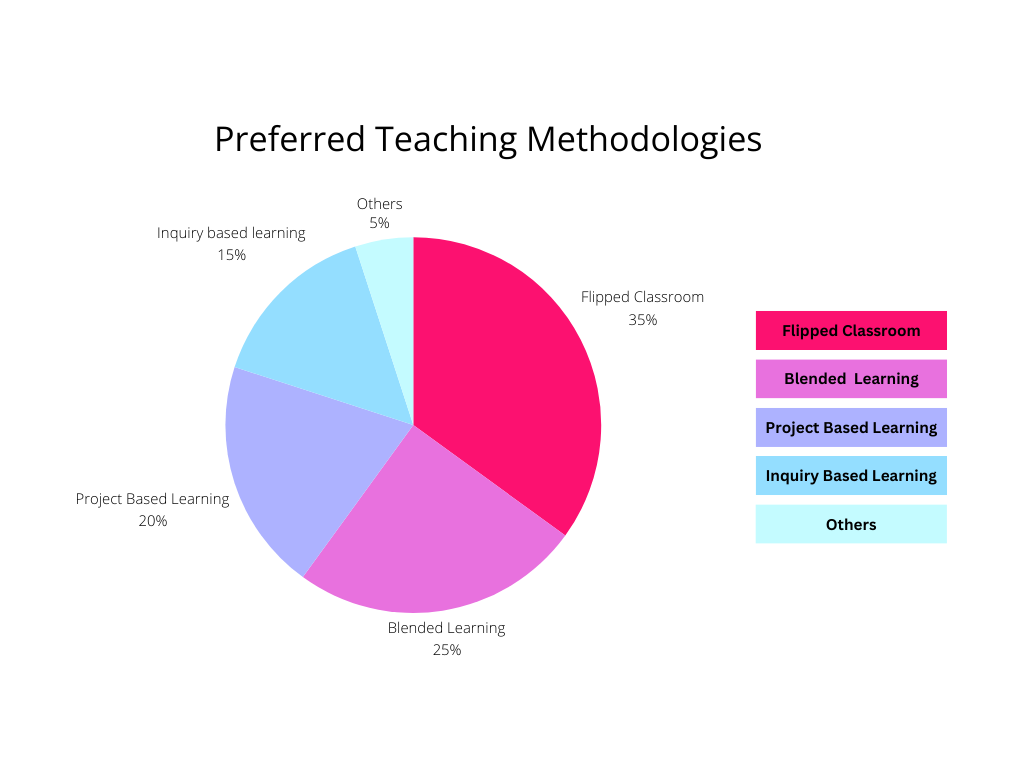

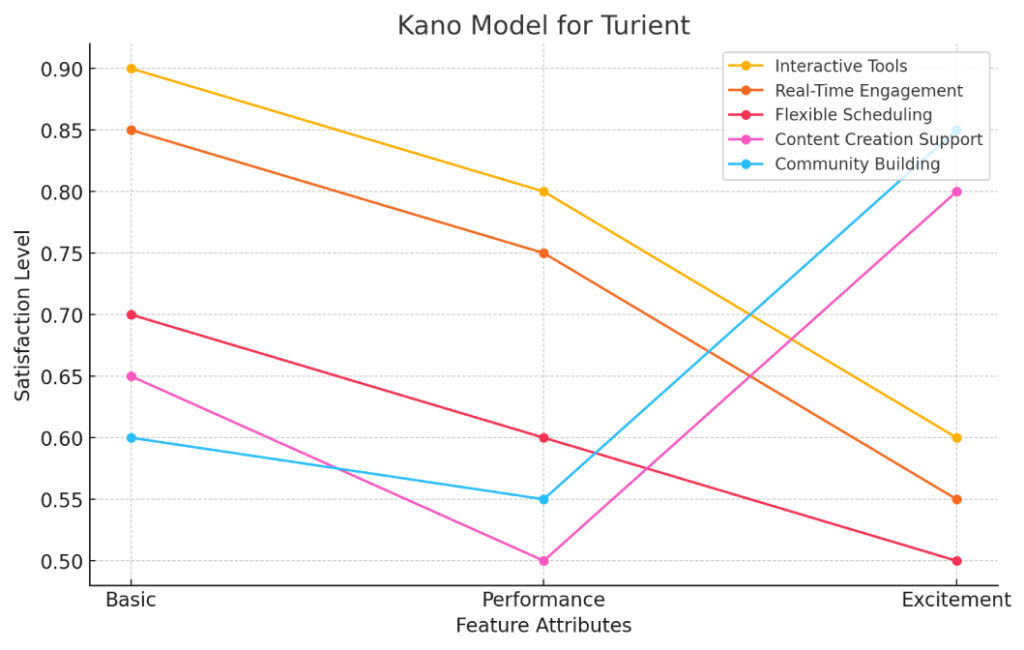

Defining the Product Vision
I led stakeholder workshops and synthesized our research findings into a clear product vision:
“Turient empowers educators to design their own teaching experience—intuitive, flexible, and built for real engagement.”
📌 Core Product Pillars:
1️⃣ Customization at Scale – Modular course-building blocks.
2️⃣ Seamless User Experience – Intuitive navigation, minimal learning curve.
3️⃣ Engagement-First Design – Features that enhance teacher-student interaction
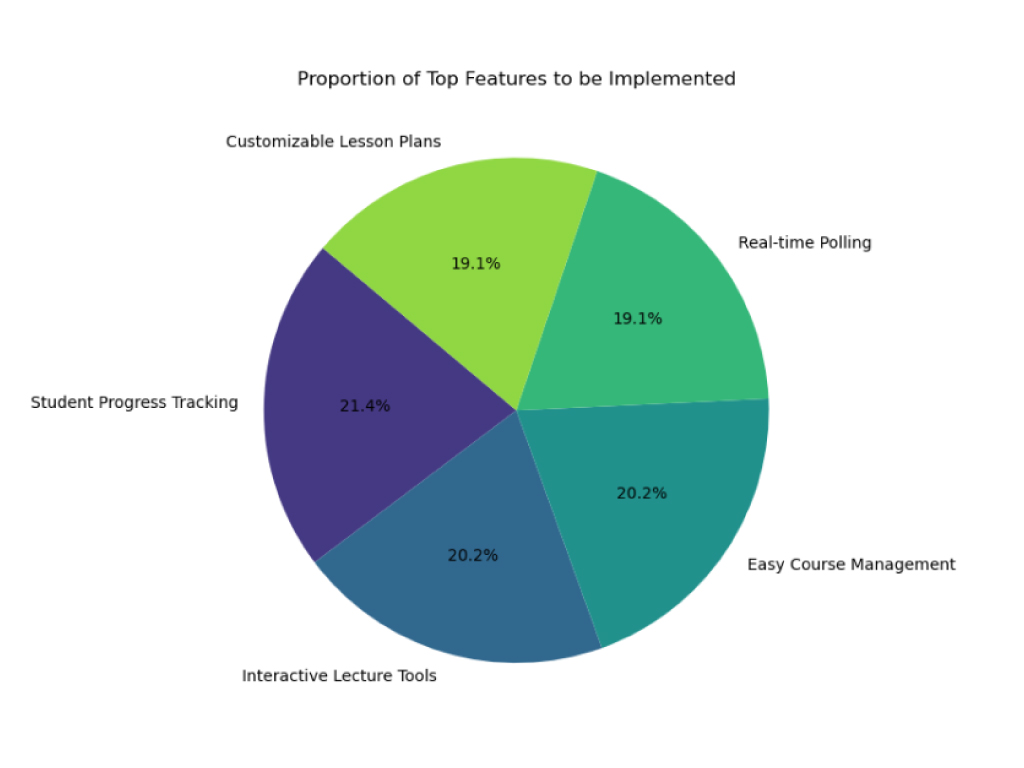
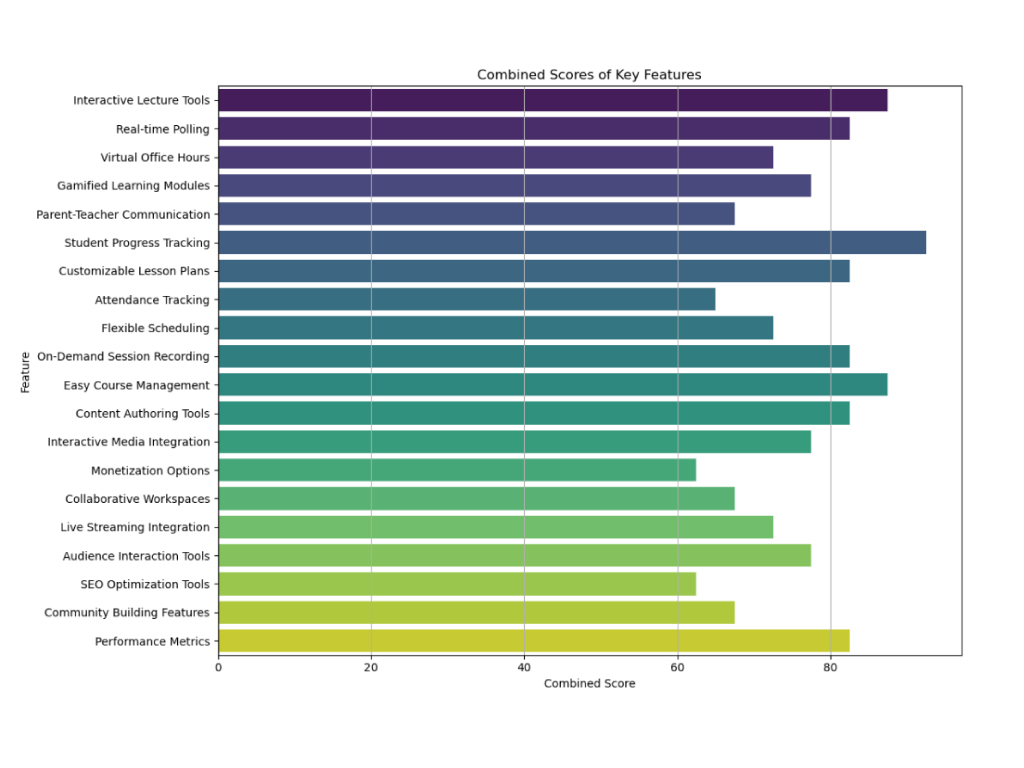
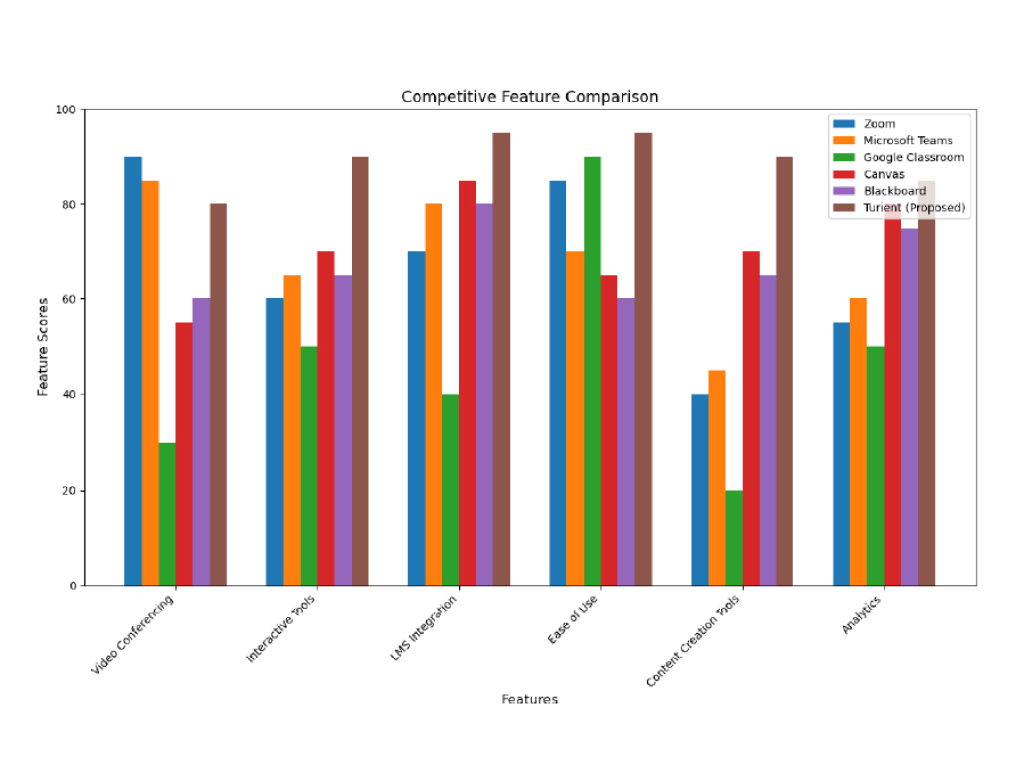
Mapping the User Journey
To translate strategy into design, I crafted a high-level user journey that illustrates how educators interact with Turient.
📌 User Journey Stages:
1️⃣ Onboarding & Setup – Guided setup tailored to teaching styles.
2️⃣ Course Creation – Drag-and-drop modules for easy content structuring.
3️⃣ Student Engagement – Interactive tools for participation & feedback.
4️⃣ Analytics & Iteration – Insights to refine teaching effectiveness.
Aligning UX with Business Goals
As a Product Designer & Product Officer, I ensured that the UX strategy aligned with business growth objectives:
📈 User Retention & Adoption: Simplified onboarding to reduce churn.
💡 Monetization Strategy: Premium features for advanced analytics & integrations.
🎯 Market Positioning: Positioned Turient as a professor-first platform, differentiating it from student-centric LMS solutions.
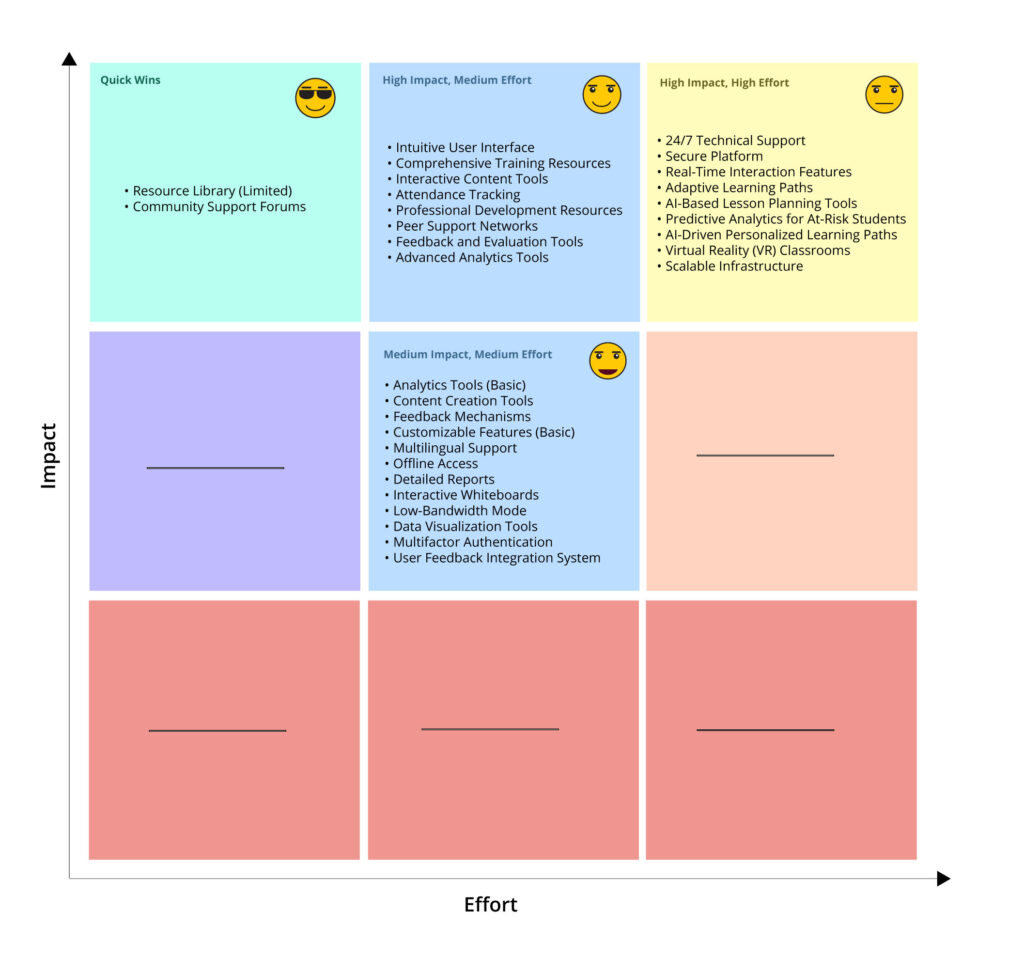



Conclusion: The Impact of Strategic UX Thinking
Focusing on user needs, business viability, and strategic UX design, we shaped Turient into a powerful, adaptable learning platform.
🚀 Key Takeaways:
- A strong product vision drives design decisions.
- User research uncovers opportunities for differentiation.
- Aligning UX with business goals leads to sustainable growth.

